Pomegranates
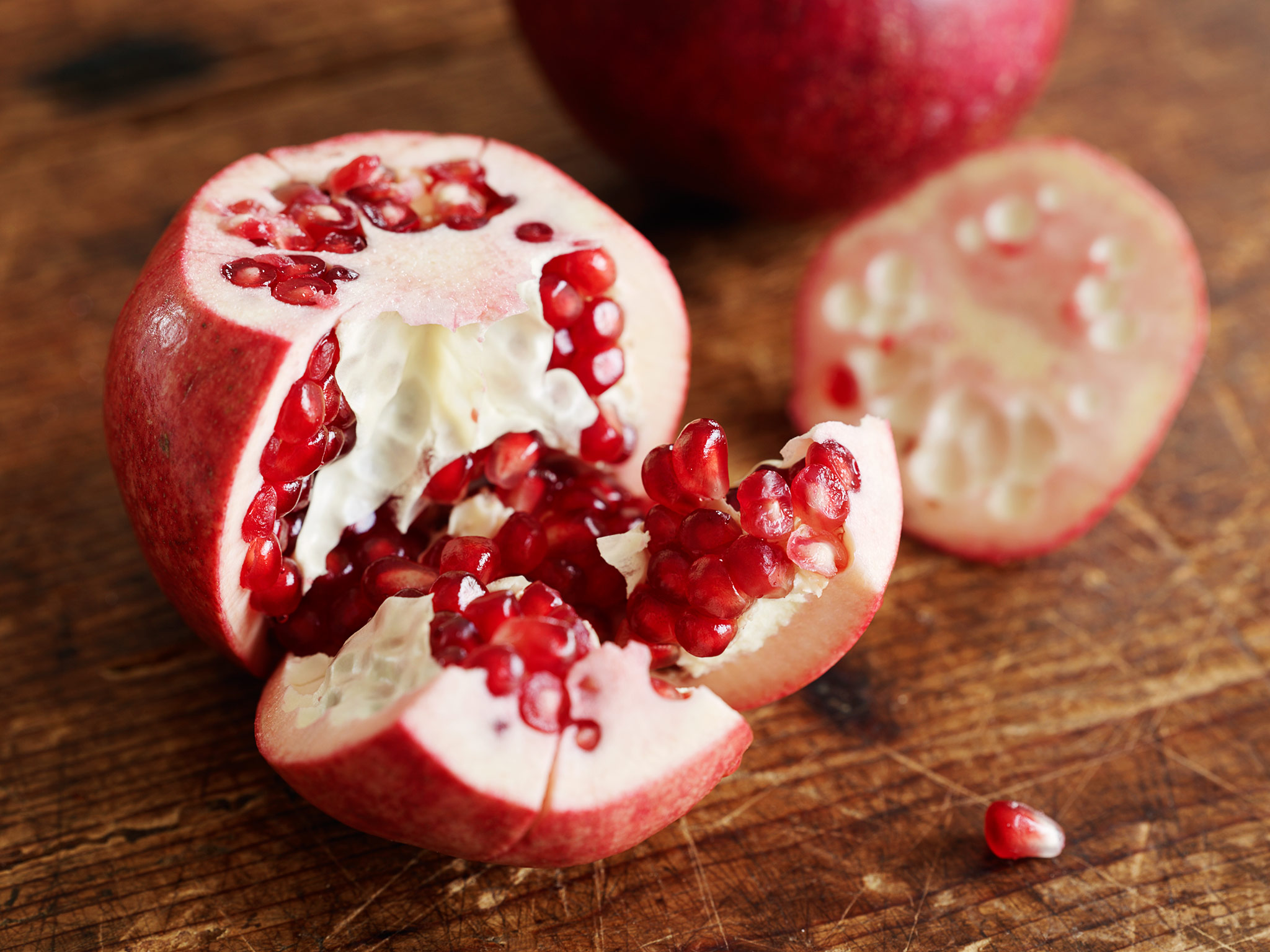
It could be that pomegranates were the forbidden fruit in the Garden of Eden. They’re nothing much to look at on the outside but the clusters of ruby-red jewel-like seeds inside could have seduced even the staunchest of hearts.

It could be that pomegranates were the forbidden fruit in the Garden of Eden. They’re nothing much to look at on the outside but the clusters of ruby-red jewel-like seeds inside could have seduced even the staunchest of hearts.

Lemons – will you snuff it if you eat a lemon tree leaf?
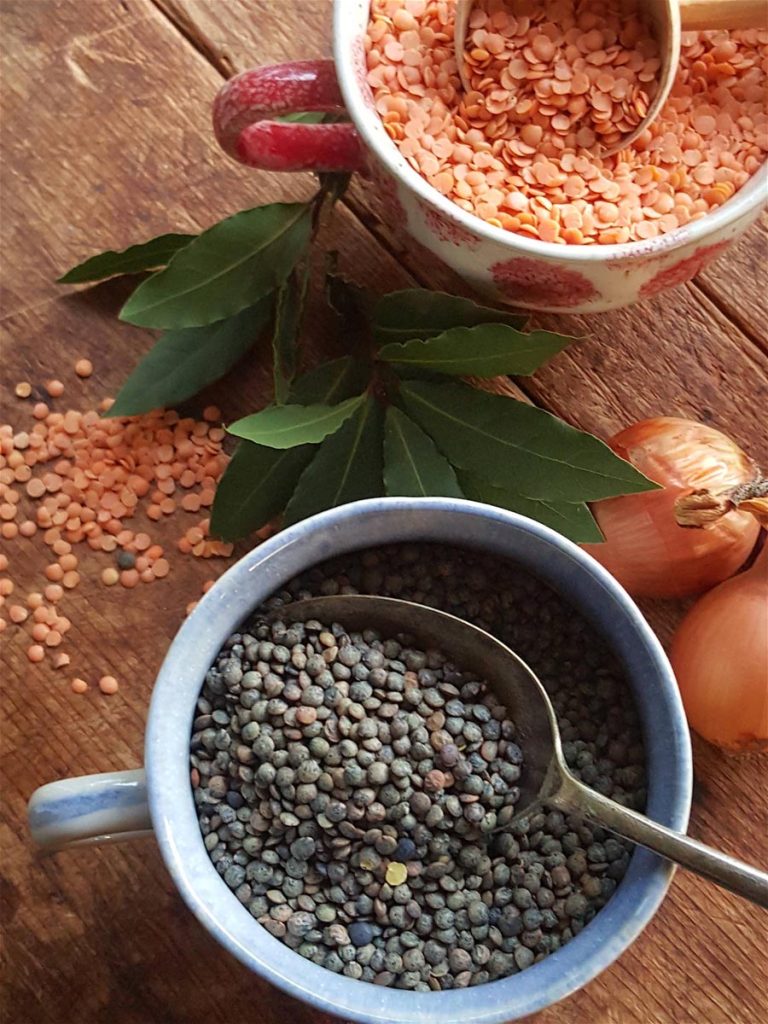
Use seasonal vegetables to help the budget.
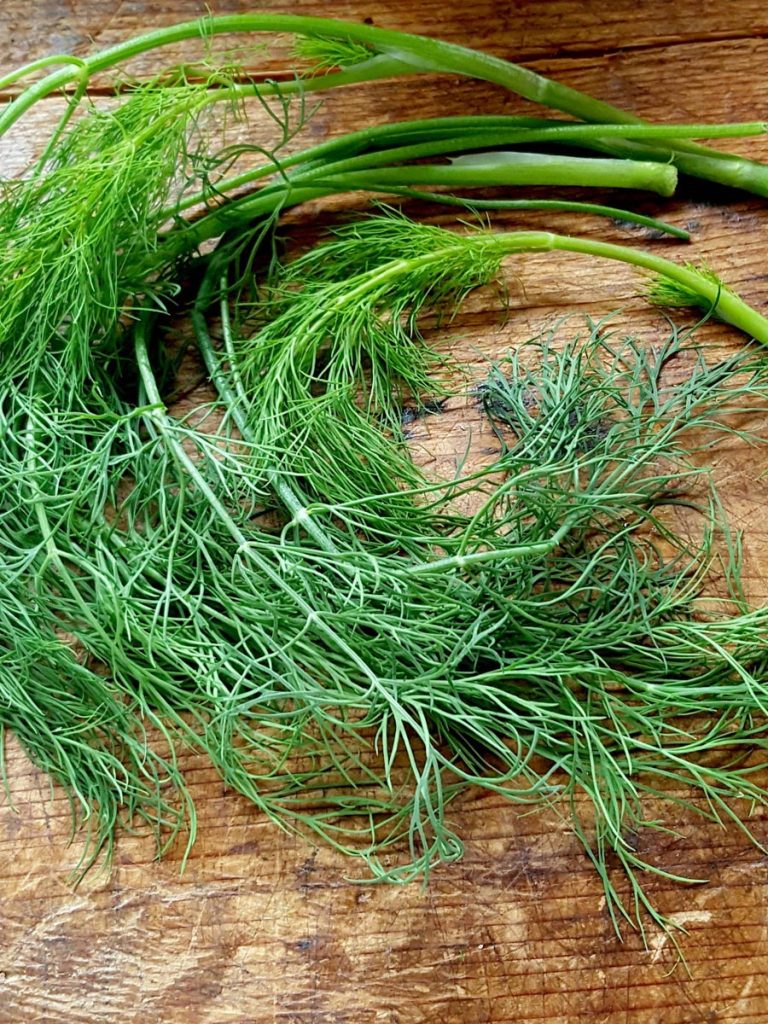
Dill is a tricky little devil. It looks so innocent, all soft fronds and sweet anise scent, but it packs a potent punch, and the taste lingers. That makes it perfect with oily fish such as salmon.
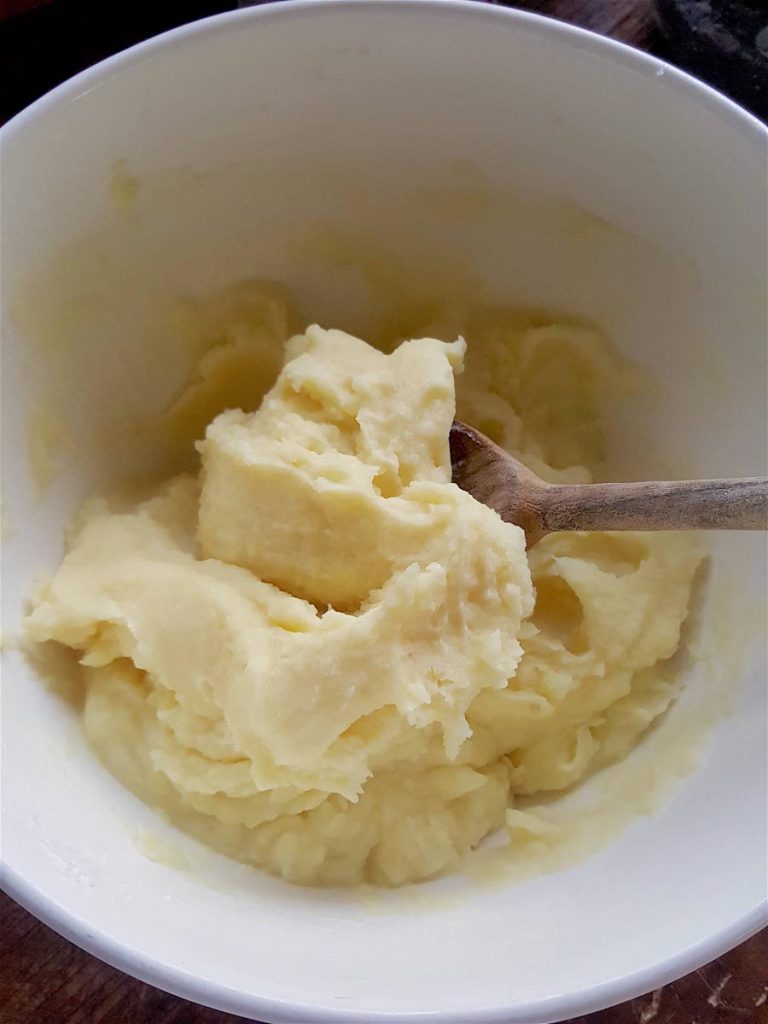
You’ll find all the answers on how to make a soft fluffy pillow of gorgeousness right here.
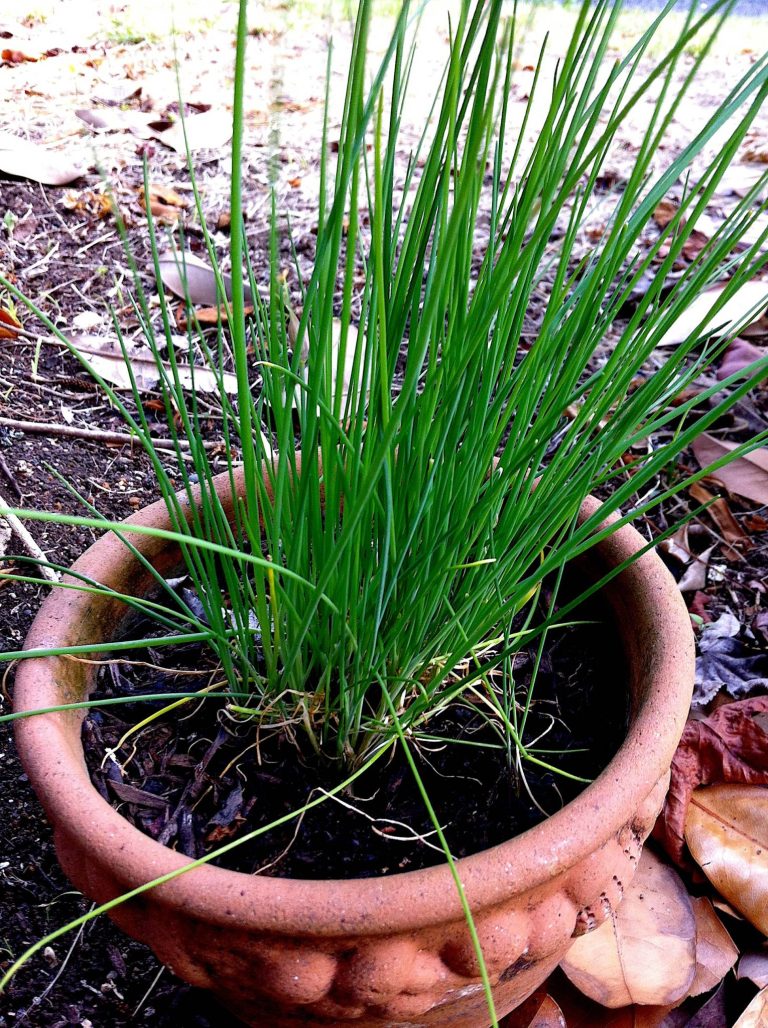
Chives are easy enough to grow from seed … don’t be surprised if you grow enough to start a market stall!
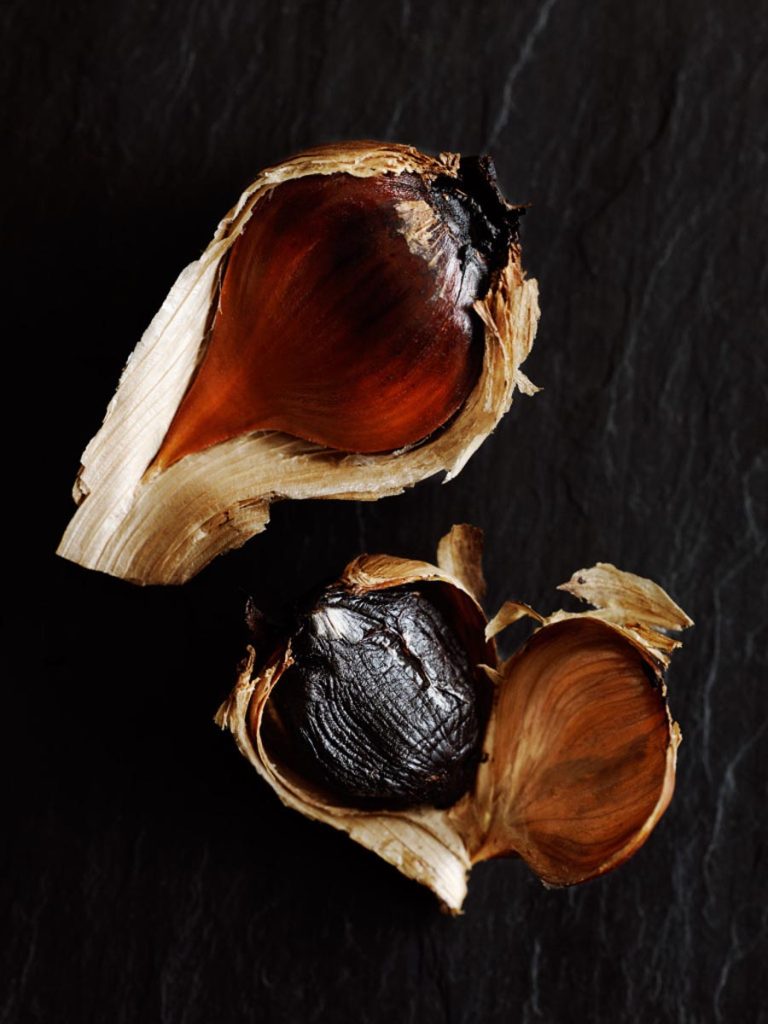
The health benefits of garlic are ramped up several notches in black garlic. You’ve got to read this…
No products in the basket.
Welcome to the new Shared Kitchen experience! If you encounter any issues, please let us know. Dismiss